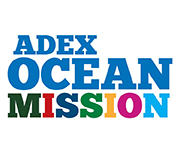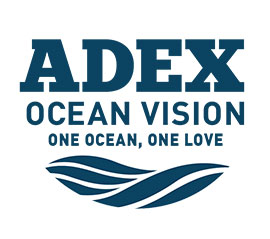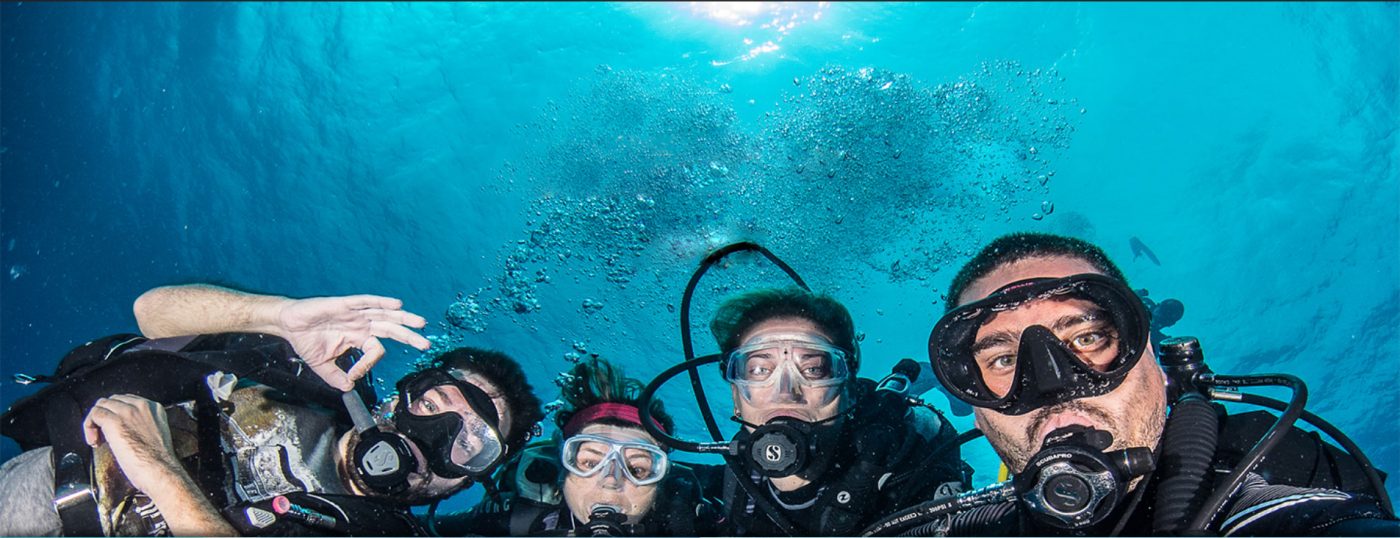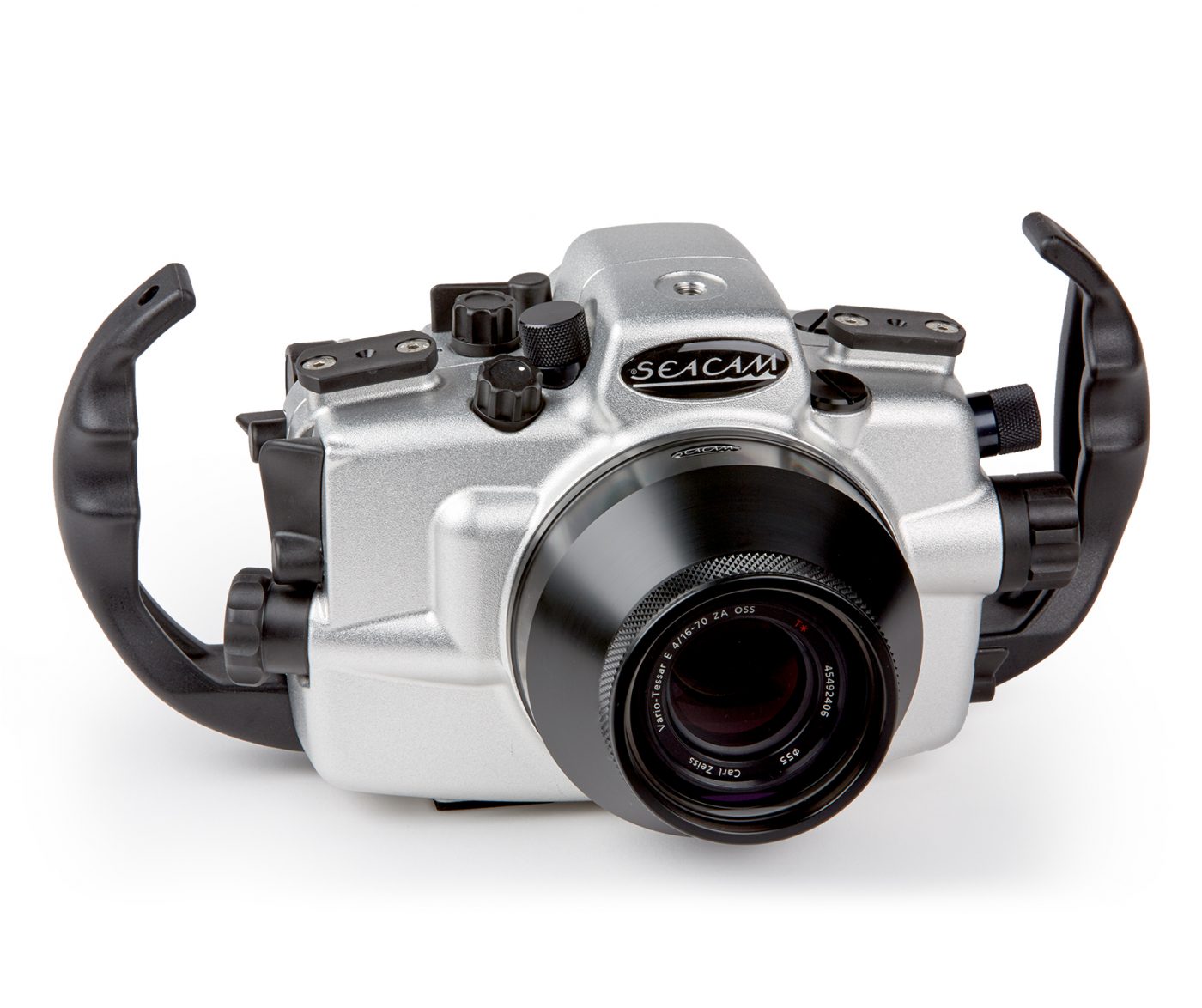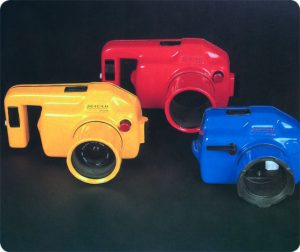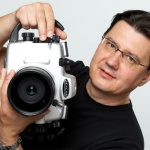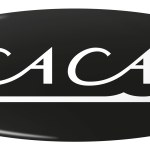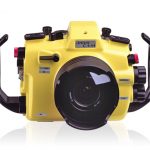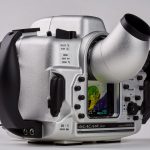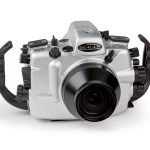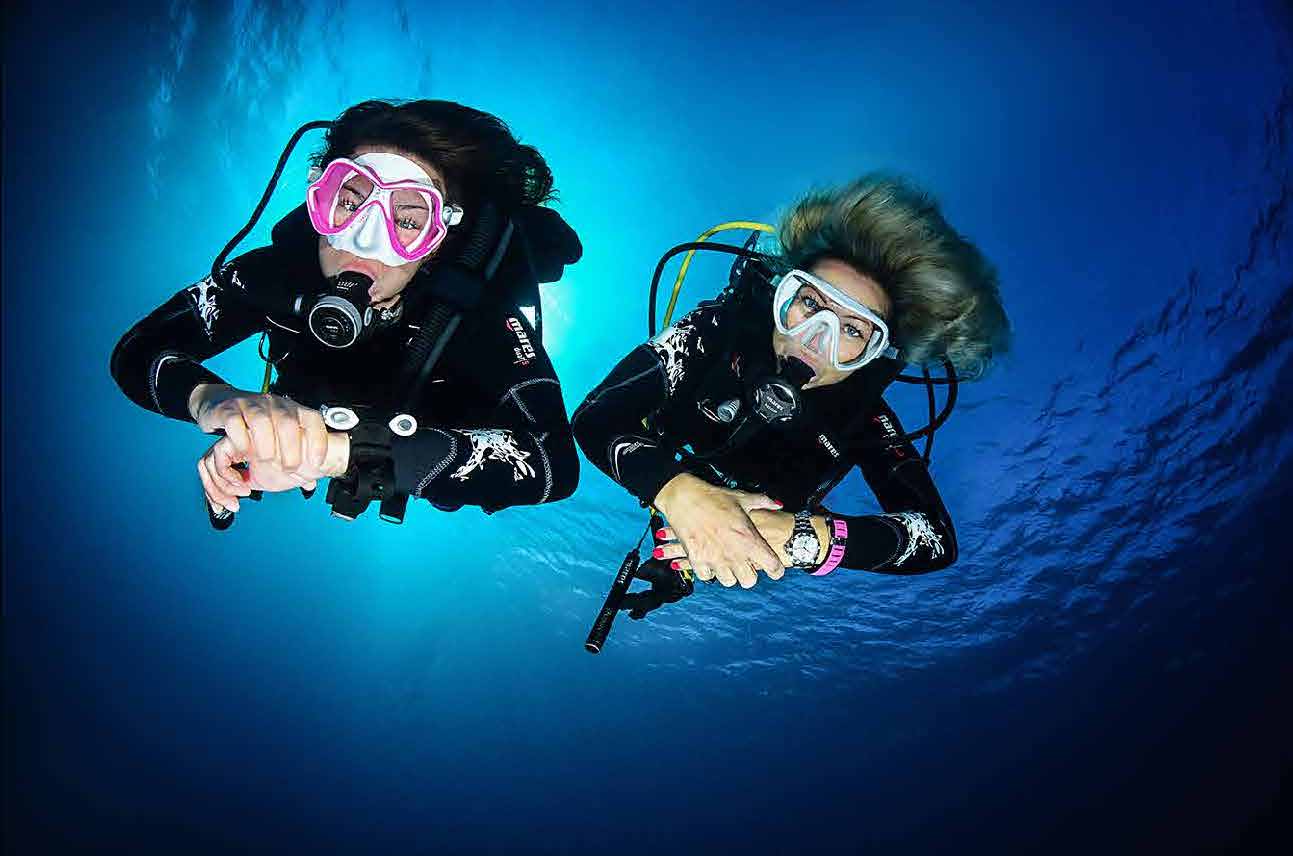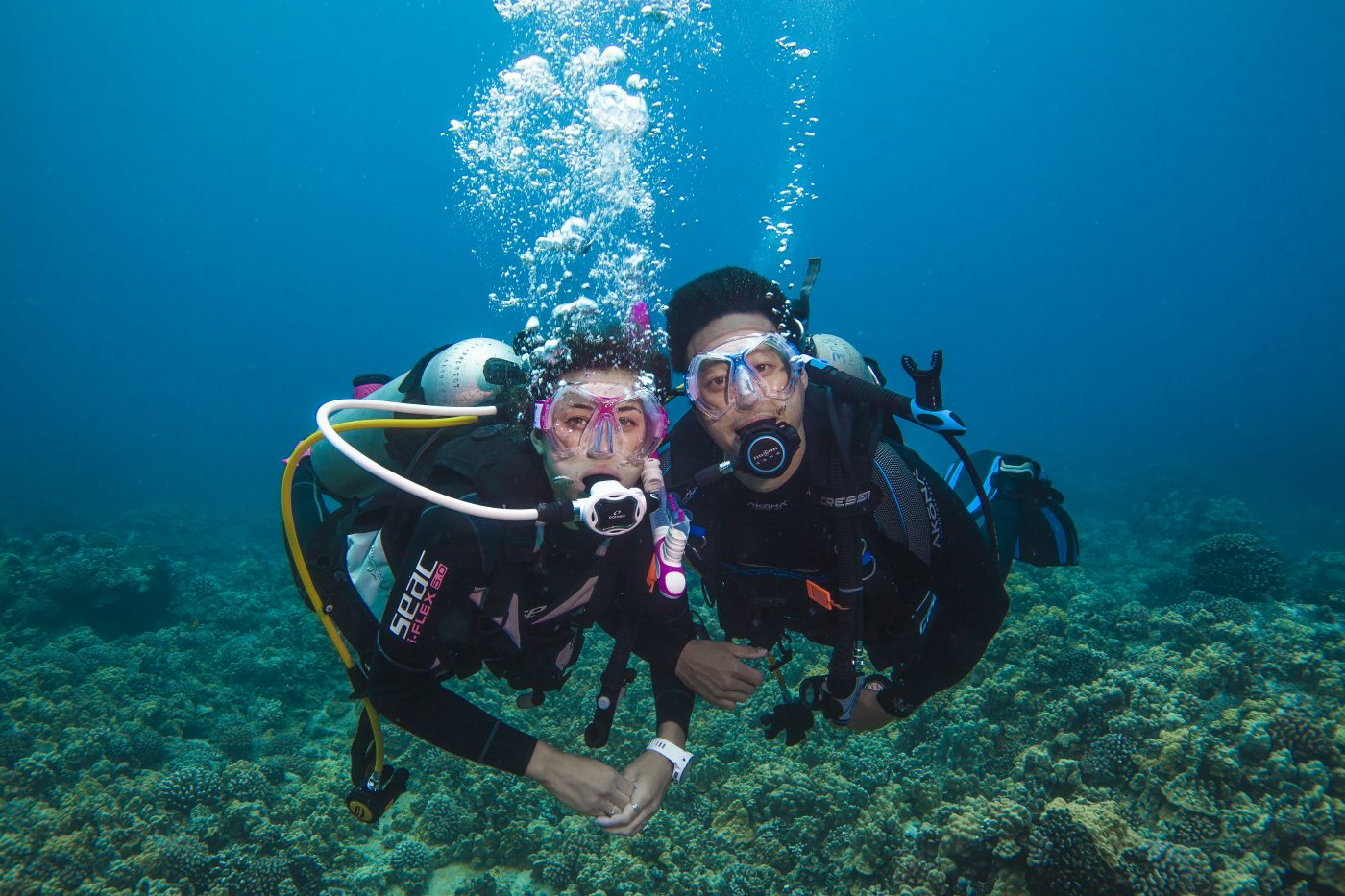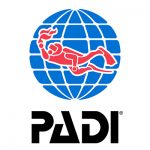Established in 1960, the National Association of Underwater Instructors (NAUI Worldwide) is one of the largest non-profit dive training and certifying organizations in the world, offering recreational and technical scuba diving and freediving training programs of the highest calibre.
As one of the most trusted dive training providers, NAUI’s role as an industry leader has defined diving. Whether in the establishment of scuba instructional standards, equipment development, advancements in diving research or dive training innovations, NAUI leaders have paved the way for scuba divers around the world.
NAUI offers a full range of training programs from Freediver and Scuba Diver to leadership level certifications and designations, including Assistant Instructor, Divemaster, Instructor, Instructor Trainer, Course Director and Course Director Trainer. In addition to its core courses, NAUI offers dozens of specialty courses, including Nitrox, rescue, digital imaging, drysuit, recreational ice, wreck, archaeology, naturalist, hunting & collecting, search & recovery, and many more. NAUI training programs also include beginner and advanced courses in freediving, technical diving, leadership rescue diving, and public safety diving.
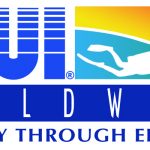
NAUI started its first Instructor Certification Course (ICC) in August 1960 at Houston’s Shamrock Hilton Hotel with 72 candidates. Founded by Albert Tillman and Neal Earl Hess, NAUI was formally known as the National Diving Patrol before it was renamed in 1959.
Starting out as a column in the Skin Diver magazine started by Jim Auxier Jr and Chuck Blakeslee in 1951, Neal Hess would review course outlines submitted by diving instructors and would list the names of these new skin and scuba diving “instructors” in the National Diving Patrol column in the magazine. The 1950s was a period of great interest and growth in recreational scuba diving and Sea Hunt, the iconic television series starring Lloyd Bridges, who became NAUI’s first honorary instructor member, and Zale Perry (NAUI #A-12), generated a lot of the early excitement and interest in scuba diving as a recreational activity.
In 1955, Tillman, director of sports for the L.A. County Parks and Recreation, started the world’s first civilian training programme for scuba diving by creating the L.A. County Parks Recreational Underwater Instructor Certification Course (1UICC) with L.A. County lifeguard Bev Morgan. With the National Diving Patrol announced in the May 1960 issue of Skin Diver magazine as an official national organisation to “insure competent underwater instruction and to reduce diving accidents through education”, Hillman, Blakeslee, Auxier and Tillman, who became NAUI’s first instructor, met and organised NAUI’s first Instructor Certification Course (ICC) from 22 to 26 August at the Shamrock Hilton Hotel in Houston. Of the 72 candidates who took part, 53 graduated and together with the staff instructors, they became the first instructor members of NAUI. This NAUI ICC passed into history as the first course to make “diver certification available worldwide”.
NAUI was incorporated in 1961 in California, USA, as a non-profit educational organisation with Al Tillman serving as President and Neal Hess as Executive Secretary. Aqualung inventor Captain Jacques-Yves Cousteau and Albert R. Behnke, a pioneer of diving medicine, were on the original Board of Advisers of NAUI. Tillman administered NAUI’s business out of his home until Auxier and Blakeslee (NAUI #A34) from Skin Diver provided office space and a salary. Skin Diver magazine also published the “NAUI” page as a regular feature to help NAUI to continue to grow. Al Tillman left the NAUI Board and administration in 1967 to manage his resort, the Underwater Explorers Society (UNEXSO) (started in 1965), in the Bahamas and was elected to the newly created position of NAUI Resort Branch Manager. Since then, NAUI has continued to use regional branches (managers) and local Chapters as a way to organise its member populations.
Art Ullrich (NAUI #601) was hired as the new Executive Director of NAUI in 1968 and he moved NAUI’s headquarters to Grand Terrace, California and later to Colton, California. Today, NAUI continues to grow and is currently headquartered in Tampa, Florida with member instructors, resorts, stores, service and training centres in Japan, South Africa, the Middle East, Europe, Brazil and the Pacific Rim. In the United States, the US Coast Guard rescue divers, the US Navy SEALS and other special military forces are all trained to NAUI standards as part of their overall training.
NAUI is based on the principles of democratic self-governance and commitment to excellence. To that end, NAUI members embrace six fundamental values in the pursuit of their mission:
- Superior Leadership and Instructor training
- Democratic Association of Equals
- Trust and Respect
- Academic Freedom
- Dynamic Growing of Body of Knowledge and Skills
- Ever Improving Leadership and Instructor Training
NAUI members and divers are dedicated to the preservation and conservation of the ocean and its inhabitants. The NAUI Green Initiative in association with the Disney Worldwide Conservation Fund promotes awareness and action to safeguard underwater ecosystems.
